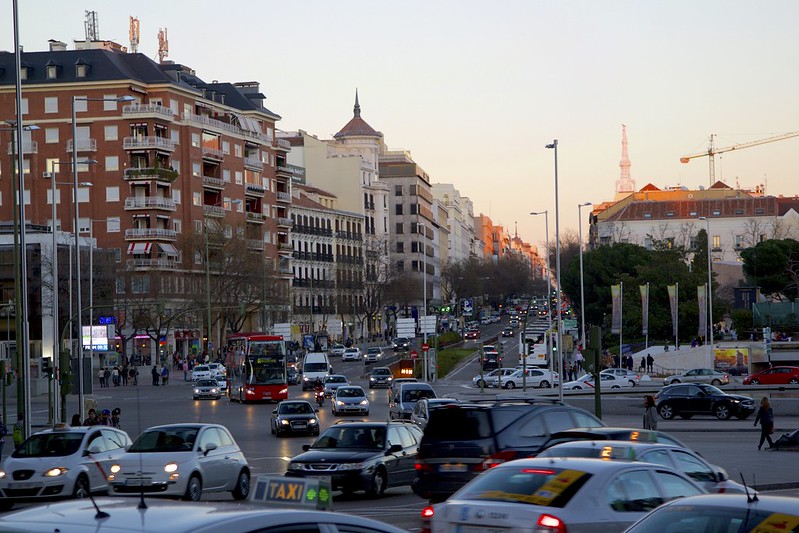
Photo: Terry Kearney
European cities still choosing cars over public transport
12 March 2020
by Christopher Carey
European cities are failing to shift enough people towards more sustainable and environmentally friendly modes of transport despite €16.5 billion in urban mobility funding between 2014 and 2020, an EU report has found.
In its study, Sustainable Urban Mobility in the EU, the European Court of Auditors (ECA) examined whether EU support had helped make mobility more sustainable and whether cities had made progress since the European Commission’s 2013 Urban Mobility Package.
It focused on eight cities: Hamburg, Leipzig, Naples, Palermo, Łódź, Warsaw, Barcelona and Madrid; with a further 88 surveyed and 15 projects assessed.
Overall, it found ‘limited take-up’ on EU guidance on how to spend funds, and a lack of coherence among city governments in delivering projects to increase sustainable transport.
A senior ECA auditor told Cities Today: “Every time we provide an audit report we try to provide a reality check to stakeholders.
“Progress depends on many factors, such as the push and pull principle. It’s not just about making public transport and active travel more attractive, but also about making effective steps to dissuade people from using private cars.”
Auditors also claimed that projects were often delayed, projected passenger numbers were not reached and air pollution in many cities still exceeds safety levels.
While the shift to sustainable transport appears to have stagnated, there were signs that some cities were now less attractive to motorists, the study found.
Hamburg, Barcelona and Madrid showed a significant drop in the number of city centre areas that could be reached by car in 30 minutes during peak times.
Speaking to Cities Today, a spokesperson from the City of Hamburg said that one of the city’s major goals is to strengthen public transport and cycling.
“We are constantly building new metro infrastructure, new rail stations, new infrastructure for parking and riding bikes, have adopted plans for improving bus transportation, and introduced a cycling action plan.”
In November 2018, the Spanish capital Madrid introduced a low emissions zone which covers a 2.9-square-kilometre area of the centre, while in January this year Barcelona launched southern Europe’s largest low emissions zone, covering 95 square kilometres.
Cities across Europe are set to face increasing pressure to reduce car use following the announcement of the European Green Deal in January–a bloc-wide goal of net zero carbon emissions by 2050, and a 50 to 55 percent cut in emissions by 2030 compared to 1990 levels.
The €1-trillion, 10-year plan has been dubbed as Europe’s “man on the moon moment” by EU Commission president Ursula von der Leyen.











